MIT Chemistry professor Wilis Whitney was hired as the Global Research Laboratory's first director and each famous mind that visited would stop to sign the VIP guest book, which he kept at that desk from 1914 to 1935. The signatures are a veritable Who’s Who of inventors, physicists, chemists, physiologists, and businessmen of the period.
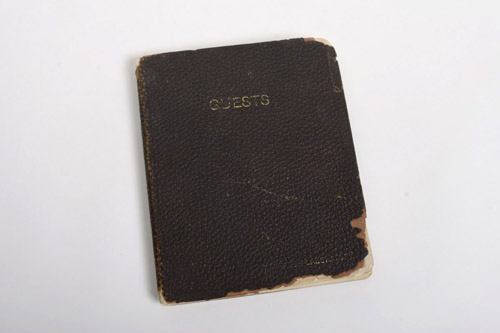
Here, courtesy of GE Reports, is a quick look.
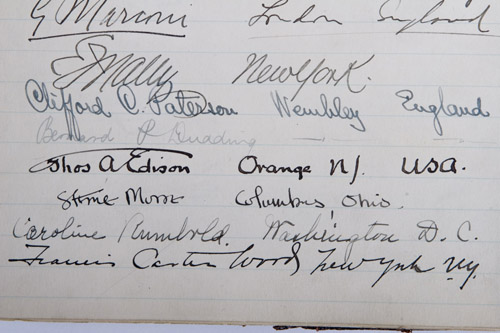
Thomas Edison, "The Wizard of Menlo Park" and founder of the original companies that merged with competitors and became General Electric in 1892, pioneered DC electric power, the phonograph, the motion picture, the electric light bulb, a stock ticker, a battery for an electric car and has 1,093 patents in his name just in the US alone.
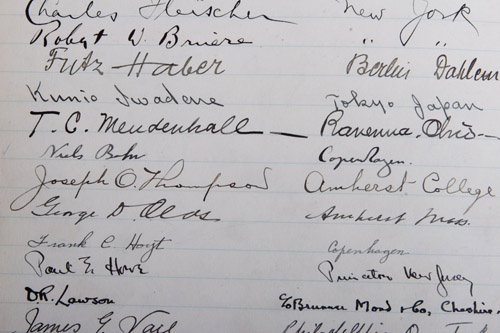
Niels Bohr the Nobel Prize in Physics in 1922 in Physics and focused on understanding atomic structure and quantum mechanics. He was later one of the physicists on the Manhattan Project. Kunihiko Iwadare began his career working for Thomas Edison in Manhattan and later returned to Japan to help build the electrical industry in his home country. He went on to become the founder of Nippon Electric Co. – now known as NEC Corporation. Fritz Haber won the Nobel in Chemistry in 1918 but is famous to historians more for his work in the creation of the poison gas that prolonged The Great War in Europe.
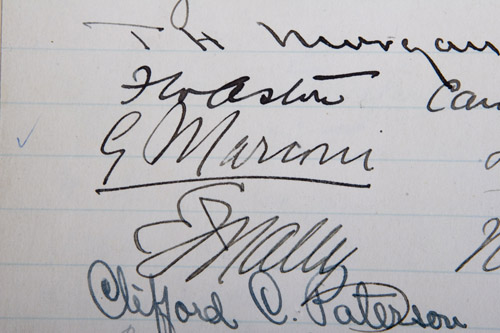
Guglielmo Marconi invented a radio telegraph machine and developed Marconi’s law and shared the 1909 Nobel Prize in Physics with Karl Ferdinand Braun for their development of wireless telegraphy.
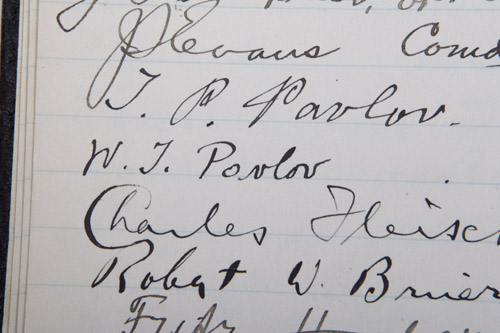
Ivan Pavlov is now a household name for his salivating dogs but his contributions to medicine went beyond conditioned reflexes. He won the Nobel Prize in Physiology in 1904 for his work on digestion.






Comments